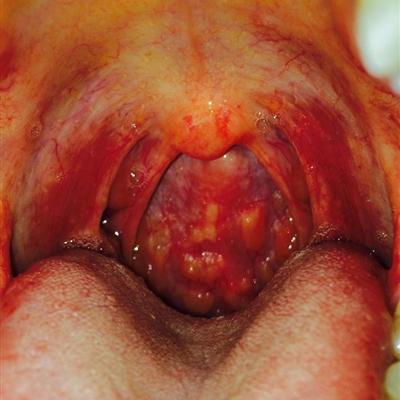Cataract surgery: skilled surgery?
summary
The old man at home has cataract, and the children below are very concerned about it. They usually go around asking when cataract surgery is better. Is it the same as before, we must wait until the cataract is fully mature before surgery. But when can cataracts be considered fully mature? For this point, many people's ideas are wrong, not as long as there is a cataract immediately need surgery, or to wait for all mature. Because the condition has an optimal treatment time or suitable group. Let's talk about cataract surgery.
Cataract surgery: skilled surgery?
First, the concept of having cataract surgery when it is mature was born in the 1980s. Based on the medical level and medical equipment at that time, the concept of having cataract surgery at this stage was considered appropriate.

Second: after the 1980s, microsurgery developed rapidly and became popular in ophthalmology. Cataract surgery developed from intracapsular surgery (complete removal of the turbid lens) to modern extracapsular surgery (only tearing off a small capsule in the center of the anterior surface of the lens). After that, the turbid nucleus and cortex were removed, and the posterior capsule or capsule was preserved). Soon after the introduction of intraocular lens, posterior chamber intraocular lens was implanted, which is a leap forward in cataract surgery. Later, on the basis of modern extracapsular cataract surgery, phacoemulsification and intraocular lens implantation is a major breakthrough in the field of ophthalmology in the 1990s. Therefore, the so-called "mature" cataract has long been out of date. Now, in the United States, even if the vision is 0.8, they can have surgery. Of course, their elderly people have higher requirements for vision, such as driving their own cars and operating computers.

Third: for those who are not willing to wear heavy frame glasses, high myopia, hypertension, diabetes and other systemic diseases, which lead to fundus lesions, and are accompanied by cataract, the turbid lens should be removed early without contraindications of cataract surgery. Intraocular lens implantation. One is to remove the heavy glasses and avoid the trouble of taking off and wearing; the other is to provide convenience for peeping the occurrence, development and treatment effect of fundus diseases. Of course, the visual acuity of these patients is not as good as that of simple senile cataract, and there are many complications. But then again, for those who have or will have fundus lesions. Only after operation can it be "clear at a glance", which is beneficial to timely symptomatic treatment and protection of useful vision. Otherwise, fundus disease lost the opportunity of treatment, and then surgery is futile.

matters needing attention
Glaucoma with cataract, long-term use of drugs to control intraocular pressure. When it is troublesome or the curative effect is not ideal, the combined operation of glaucoma and cataract is feasible to achieve the purpose of treating two diseases with one knife. As far as phacoemulsification is concerned, in a sense, the more "raw" the cataract is, the better it will be done, and there are fewer complications. If the old people have high requirements for vision and are engaged in fine work, with vision of 0.5, they can be operated earlier.














